New archaeological discovery changes scientists' views on fall of Roman Empire
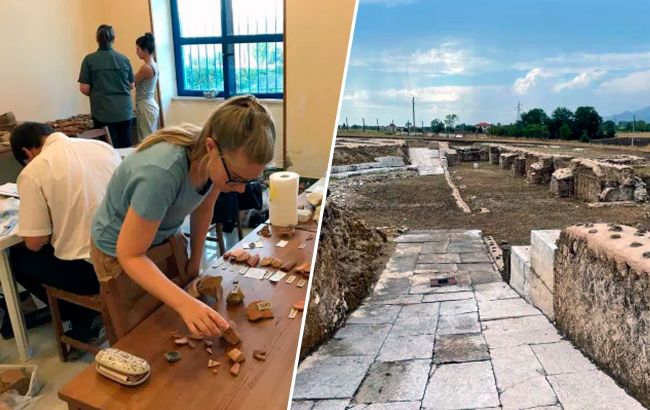 What is known about archaeological excavations (collage: RBC-Ukraine)
What is known about archaeological excavations (collage: RBC-Ukraine)
Archaeologists have made a stunning discovery, uncovering the remains of a grand theater at the site of an ancient Roman city. The theater is believed to date back to a period previously considered as the decline of the Roman Empire. These new findings challenge previous assumptions, according to the Cambridge University website.
What is known about the excavations
Archaeologists in central Italy have conducted excavations at the site of an ancient Roman city for 13 years. Previously believed to have declined at the turn of the first millennium, recent findings and ground-penetrating radar studies revealed that the city was still thriving even in the 3rd century AD amidst civil wars, barbarian invasions, and political discord undermining of the Roman Empire. This suggests that the lives of ordinary Romans did not decline as quickly as previously thought.
The excavations took place about 130 km from Rome in an area now predominantly cultivated fields. Despite the challenging conditions, the archaeologists discovered the remains of a closed theater with 1,500 seats, a marketplace, a temple, a bath complex, and a large warehouse, indicating that the city also served as a river port.
"We started from a place so unpromising that no one had ever tried to excavate it – a very rare thing in Italy. There was nothing on the surface, no visible traces of buildings, just fragments of broken pottery. We found a flourishing city that adapted to the challenges it faced over 900 years," said Dr. Alessandro Launaro, the Cambridge professor who led the research.
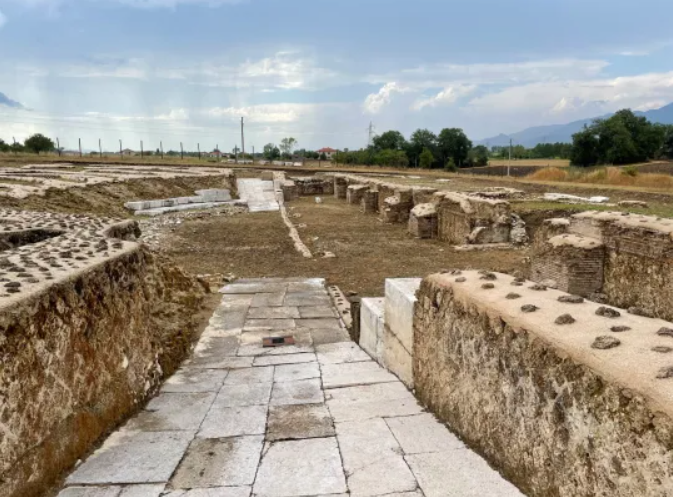
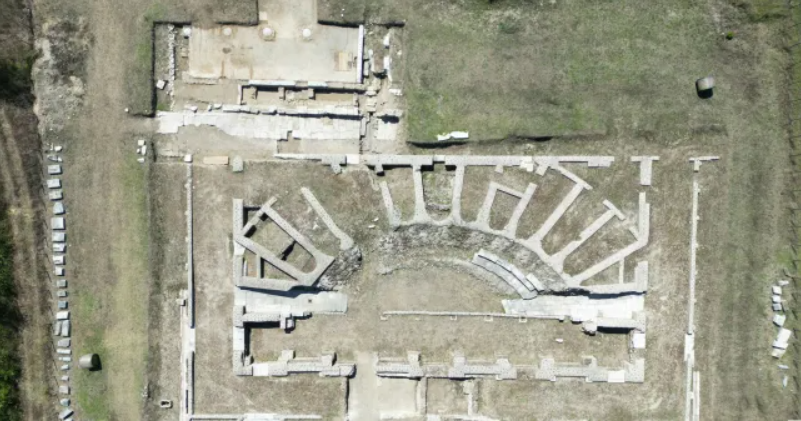
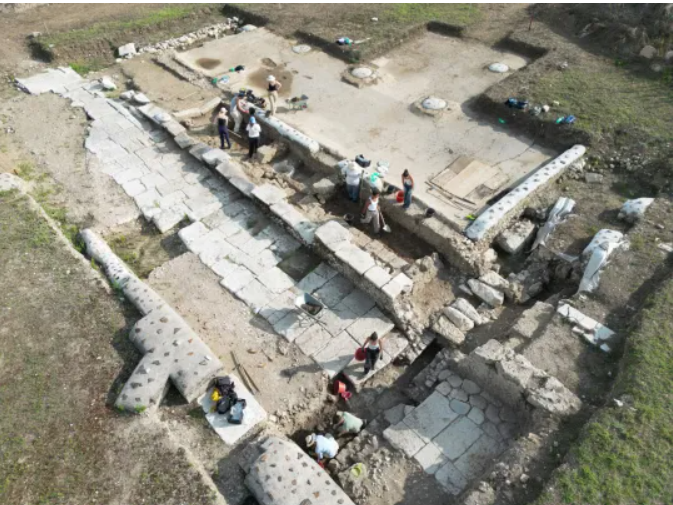
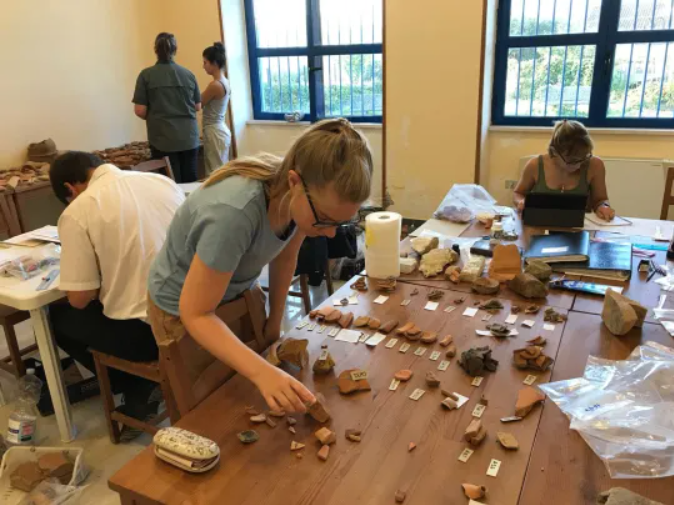
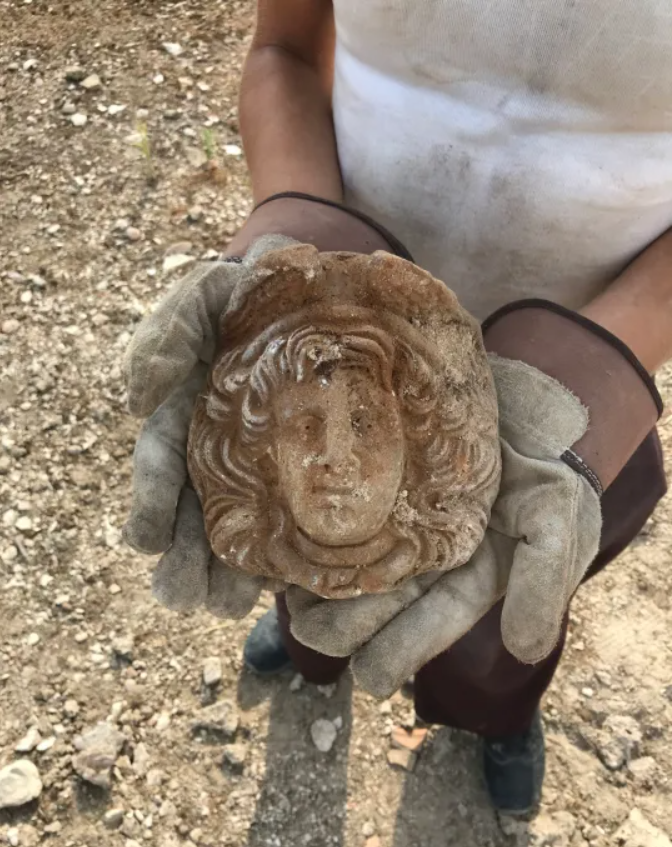
Excavations at this site have spanned 13 years (photo: cam.ac.uk).
The researcher notes that this city was not unique. According to archaeologists, many other mid-sized Roman cities in Italy demonstrated similar resilience to change.
"Archaeologists have only recently started applying the right methods and approaches to see this," adds the scientist.
A series of excavations and the use of magnetic and ground-penetrating radar were employed on a 60-acre site.
"The fact that this city chose such an elaborate building for the theater doesn't fit with the theory of decline. This theater was a primary symbol of status. It showcased the wealth, power, and ambitions of the city. The assumption of the absence of a theater here was seen as evidence of the city's early decline," adds Dr. Launaro.
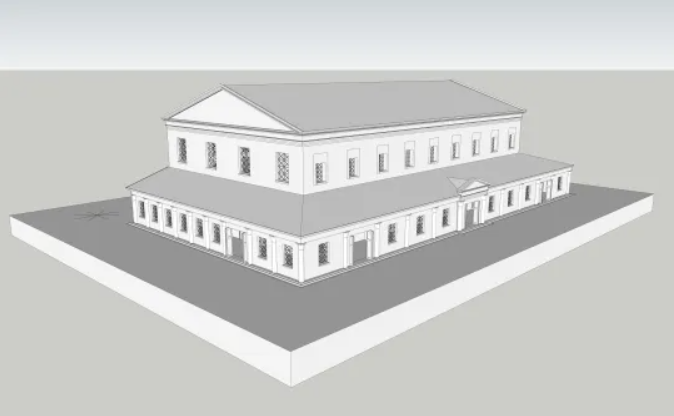
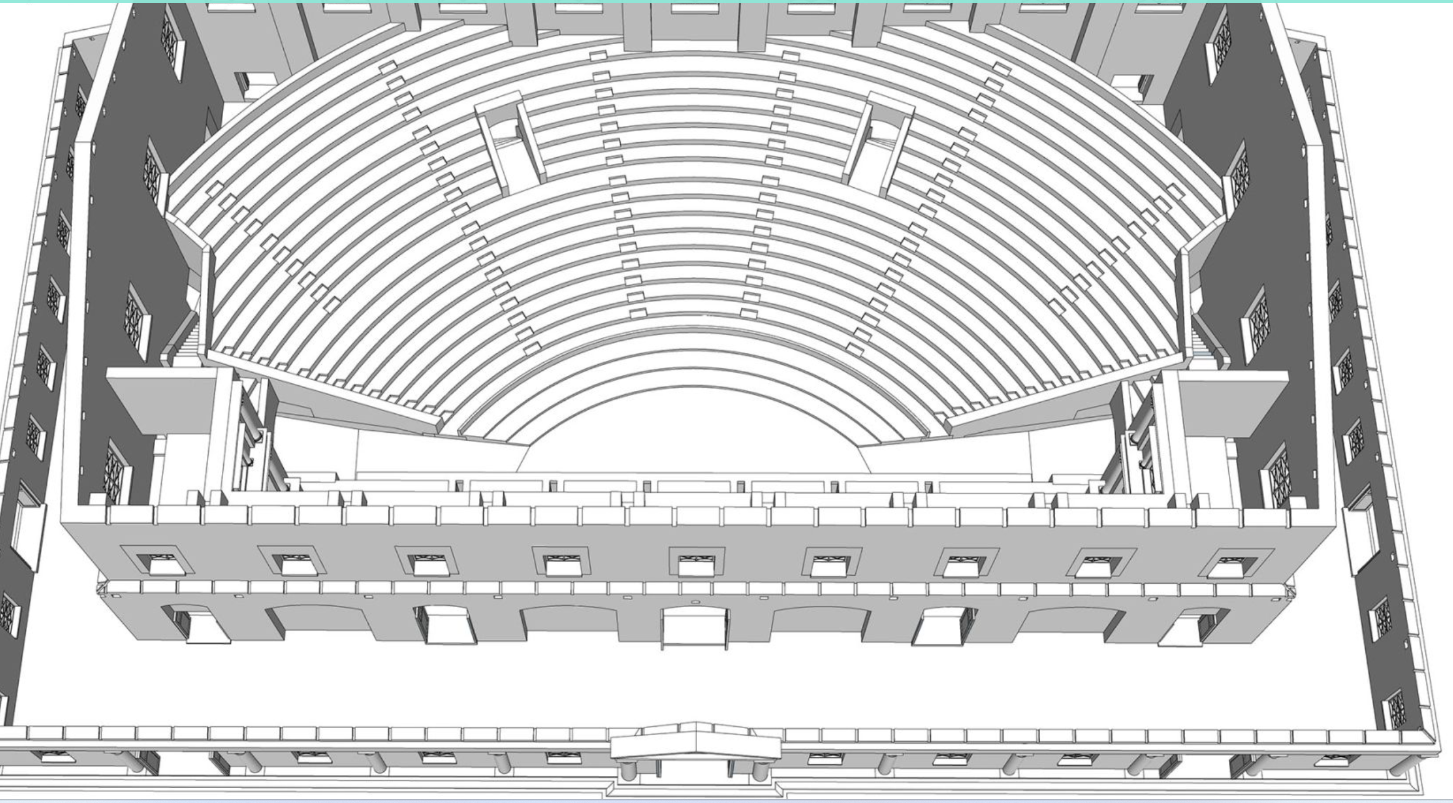

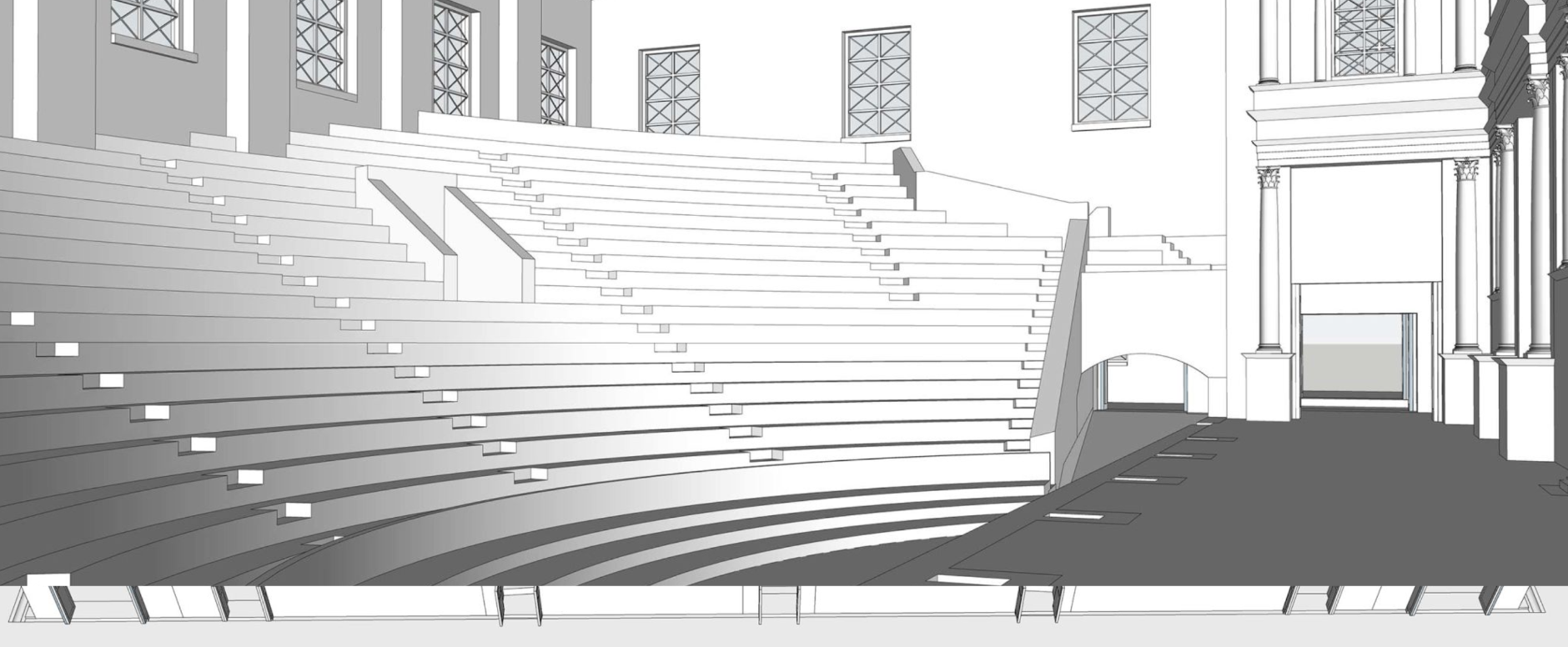
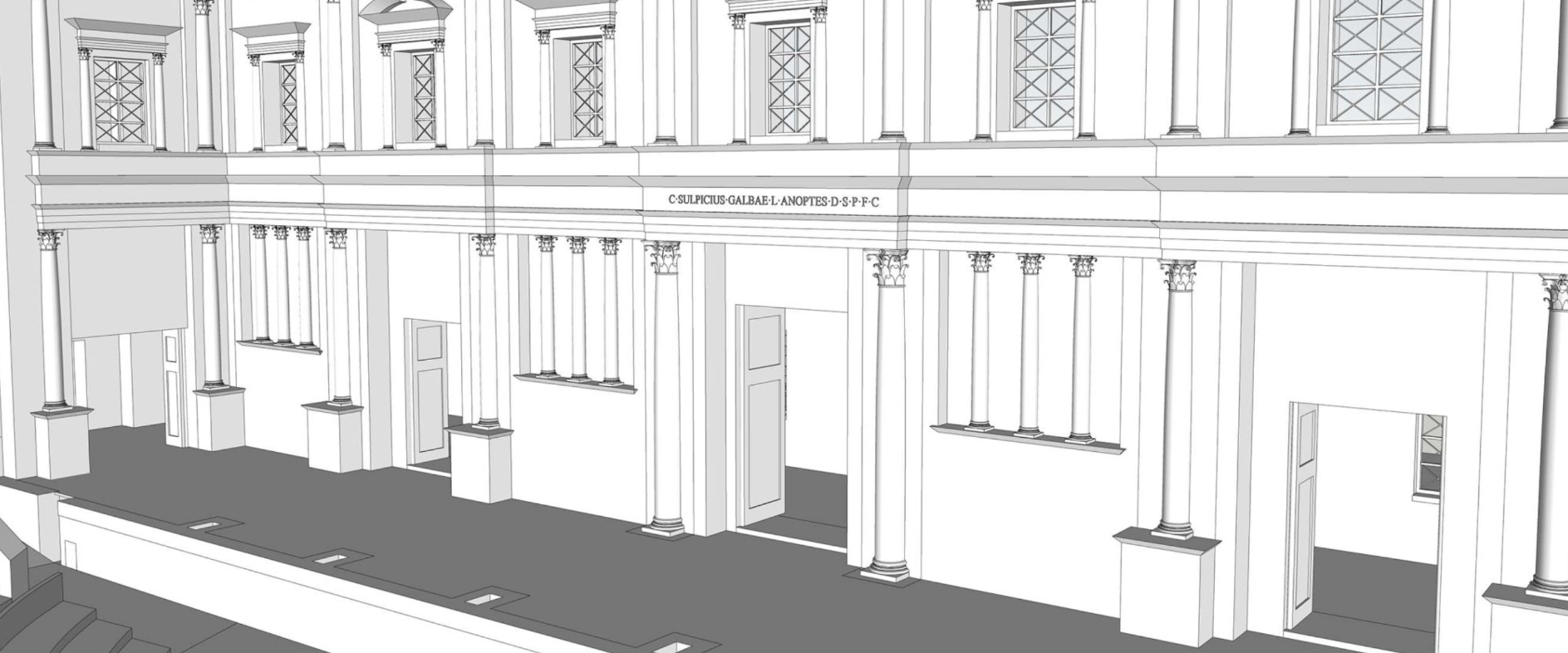
Here is what the theater in the ancient Roman city looked like (photo: cam.ac.uk)
It is also noted that in neighboring Roman cities, archaeologists found remains of theaters that stood above ground, while the theater in Interamna Lirenas was completely buried beneath the surface.
Earlier, the team discovered that Julius Caesar was a patron of Interamna Lirenas in 46 BCE.
Dr. Launaro also emphasized that the city was valuable to the Roman dictator because it was strategically located between the river and a major road, serving as a thriving hub in the regional urban network.
Founded in 312 BCE, the city was abandoned in the 6th century CE when German invaders advanced into modern Italy.

